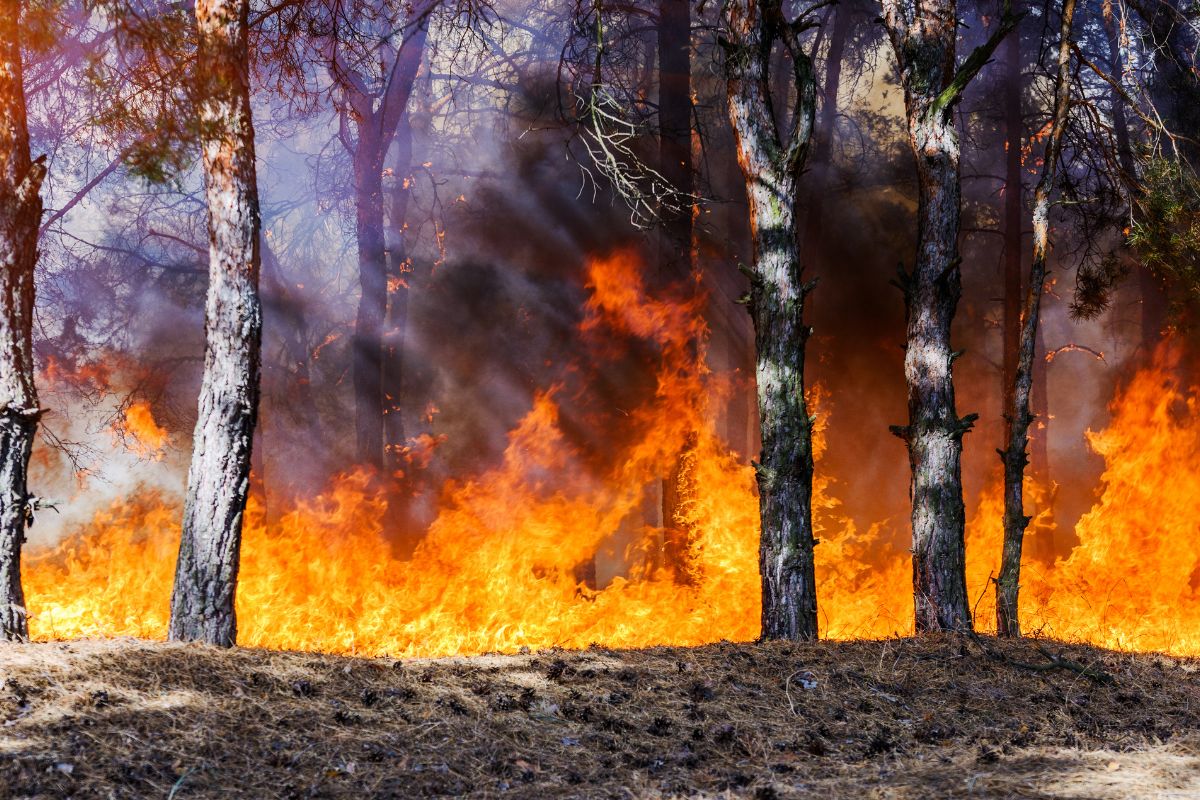The insurer recently released its most recent data in the category as well as damage reduction tips.
According recently released State Farm data, the average wildfire insurance claim payment is currently $224,000, which is an increase of 8 percent over what it was in 2021.
The states from which the majority of claims have been made in recent years are California, Oregon and Colorado.
National Interagency Fire Center (NIFC) data showed that last year, there were almost 59,000 wildfires in the United States. They burned a total of about 7 million acres of land. There are now about 4.5 million homes across the country that are labeled as being at a high risk of being affected by these fires. As a result, preparation to prevent damage and keep families safe is vital.
According to State Farm, by far the most wildfire insurance claims come from California, Oregon and Colorado. In fact, 95 percent of claims are from those three states.

From April 2021 to March 2022, the highest number of claims were by far from California. That state comprised 65 percent of the claims, with an average of $207,000 paid per claim. Colorado had a distant second place with 24 percent of the claims, and an average $365,000 paid per claim. Oregon was in third place with 6 percent of the claims and $211,000 paid on the average claim.
Recent wildfire insurance statistics show that mitigation efforts make a substantial difference.
As a result, State Farm has reminded homeowners of the many things they can do to help to reduce their risk of damage and decrease the severity of damage that could occur if fires are in the area. The insurer also stated that it’s best not to wait before starting to make the changes. The hotter and dryer the weather becomes, the greater the risk that it will burn.
This is the time to begin creating a defensible space around the property. Many of these steps can be taken affordably and easily.
- Remove dried grass, fallen branches, dead shrubs and dried leaves for 5 to 100 feet from any structures.
- Remove debris and overhanging branches from the roof and gutters.
- Keep the grass and weeks mowed.
- Keep a barrier around the structure(s) of fire-resistant plants and other fire-resistant materials such as gravel.
The sooner and more effectively these steps are taken, the less likely a policyholder will be to have to make a wildfire insurance claim, particularly a large one.

